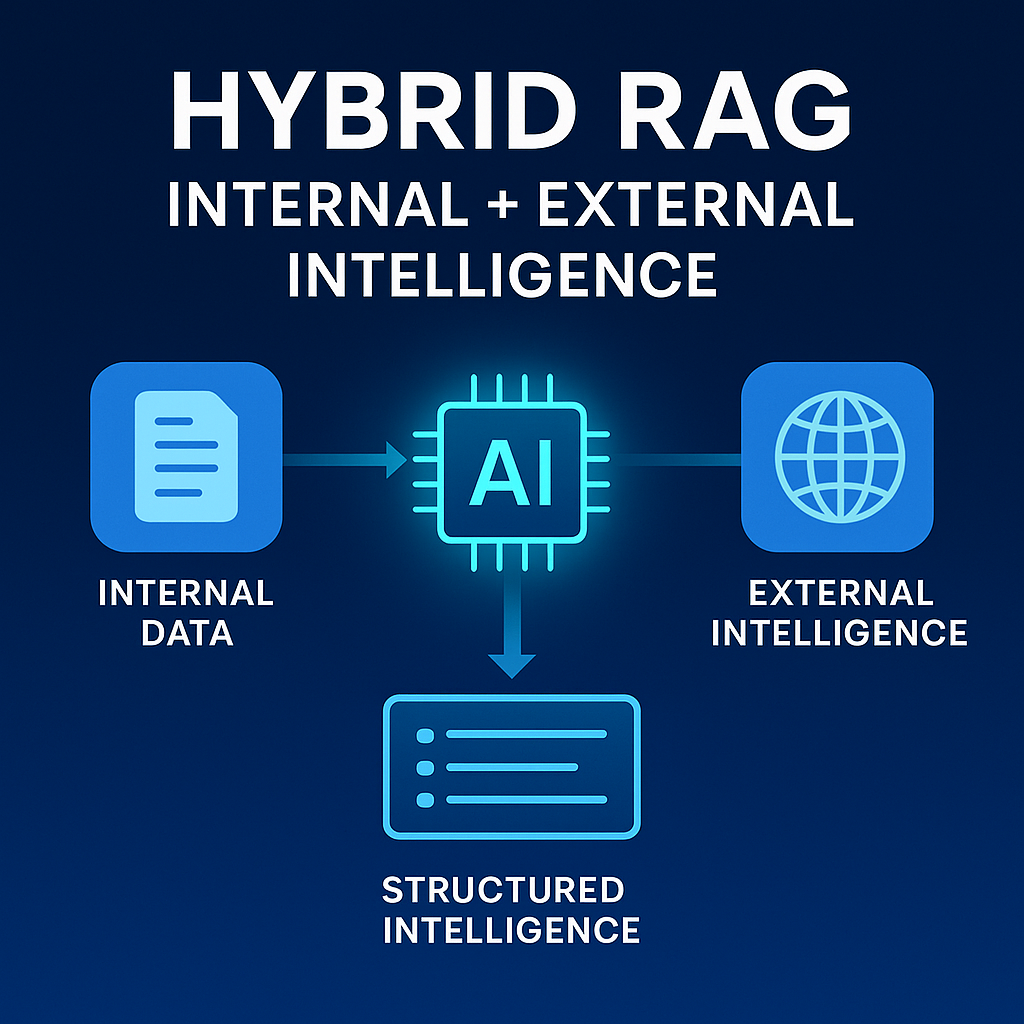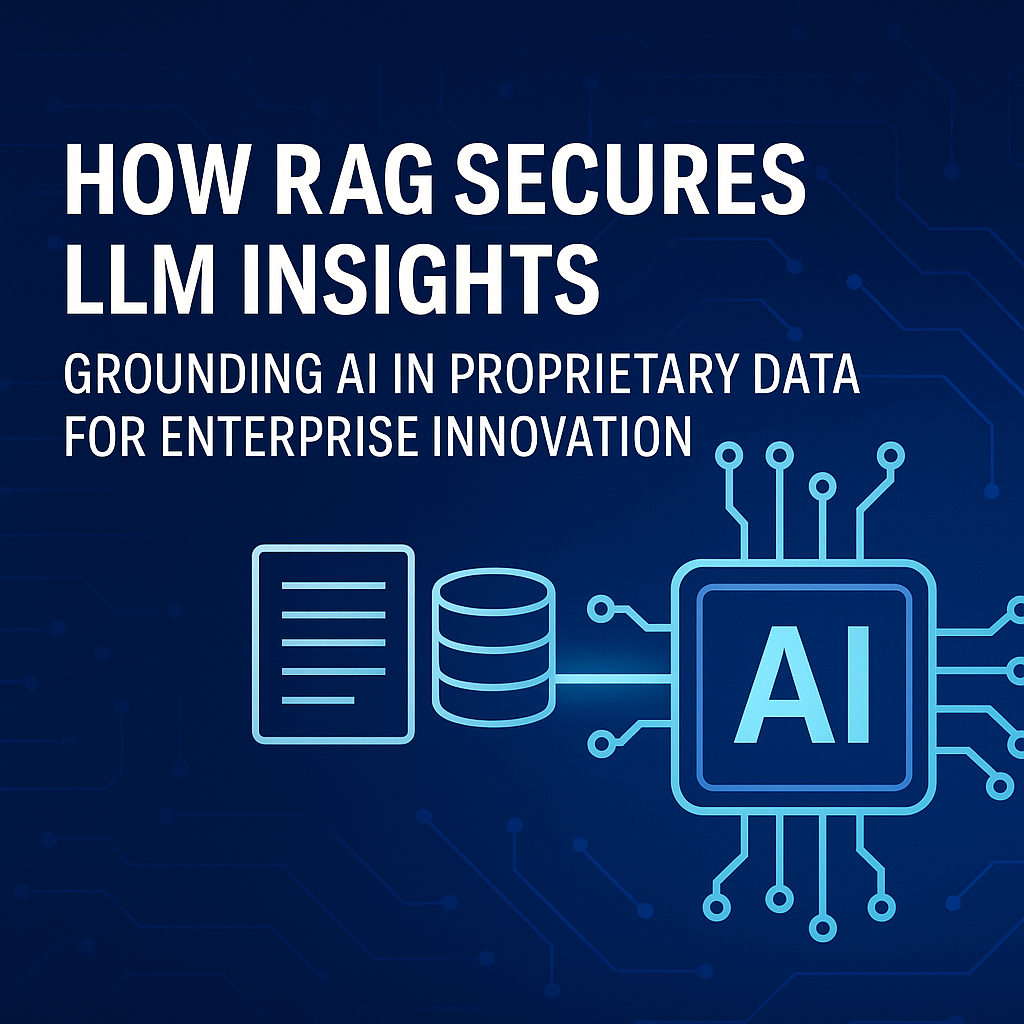How AI and LLMs Are Transforming Enterprise Innovation: Use Cases & KPIs
Innovation has always been the engine of enterprise growth, but today, artificial intelligence (AI) and large language models (LLMs) are supercharging that engine. These technologies are not just tools—they are strategic enablers that help organizations accelerate ideation, optimize research and development (R&D) workflows, and make smarter, data-driven decisions that lead to measurable business outcomes.
In this post, we’ll explore practical applications of LLMs in enterprise innovation, identify the most important KPIs for tracking impact, and reference relevant insights from the Traction Technology blog to guide actionable strategies.
Why AI and LLMs Matter for Enterprise Innovation
Enterprises today face unprecedented pressure to innovate quickly while minimizing risk. AI and LLMs help organizations meet these challenges by:
- Accelerating research: LLMs can analyze vast datasets—spanning industry reports, patents, and internal documentation—to identify trends, uncover opportunities, and surface insights that would take humans weeks or months to compile.
- Enhancing creativity: These models can generate new ideas, concepts, or even prototypes based on existing knowledge, providing teams with a rich starting point for innovation.
- Improving decision-making: By synthesizing data and offering actionable recommendations, AI enables leaders to make faster, evidence-based decisions while minimizing reliance on intuition alone.
Leveraging these capabilities allows enterprises to innovate more efficiently, reduce time-to-market, and maintain a competitive edge in rapidly changing markets.
Key Use Cases of LLMs in Enterprise Innovation
1. Automating Ideation and Trend Analysis
LLMs excel at synthesizing vast amounts of unstructured information. They can identify emerging trends, generate novel product or service ideas, and support strategic planning. This reduces reliance on slow, manual research processes and gives teams a clear view of the innovation landscape. For practical guidance on accelerating idea generation, see How Technology Accelerates Idea Generation.
2. Enhancing Product Development Pipelines
AI and LLMs can enhance product development by predicting product-market fit, suggesting design improvements, and evaluating prototype concepts before costly investments are made. Integrating AI into R&D workflows helps reduce errors, optimize resources, and accelerate innovation cycles. Learn more strategies in 5 Ways to Accelerate R&D with Emerging Technology.
3. Prioritizing Innovation Projects
Organizations often struggle to allocate resources effectively across multiple innovation initiatives. LLMs can assess project feasibility, estimate potential ROI, and recommend prioritization based on data-driven insights. This ensures teams focus on high-impact projects that align with strategic objectives. For further insights, see The Top Innovation KPIs Every Enterprise Should Track.
4. Streamlining Knowledge Management
Managing institutional knowledge is critical for innovation. LLMs can summarize research, highlight patterns, and provide context-aware recommendations, making it easier for teams to leverage internal expertise. This reduces duplication of effort and accelerates informed decision-making across the enterprise.
Measuring the Impact: Innovation KPIs to Track
Tracking the right KPIs ensures that AI and LLM investments translate into tangible business outcomes. Key metrics include:
- Time-to-market reduction: Are teams delivering products or services faster than before?
- Innovation success rate: Are AI-assisted ideas more likely to succeed?
- Employee productivity: Are teams spending less time on repetitive research and more on creative work?
- R&D ROI: Is investment in AI-driven innovation producing measurable financial and strategic returns?
For a detailed framework on tracking meaningful innovation metrics, see Innovation Metrics That Actually Matter.
Practical Tips for Integrating LLMs into Innovation
- Start with high-value, low-risk projects: Test LLM capabilities on initiatives where success can be clearly measured.
- Encourage cross-functional collaboration: Ensure R&D, product, and IT teams work together to integrate AI insights effectively.
- Combine AI with human expertise: LLMs amplify creativity but do not replace critical thinking or domain knowledge.
- Continuously monitor and refine KPIs: Regularly evaluate performance to optimize AI adoption and impact.
FAQs: AI, LLMs, and Enterprise Innovation
Q1: What role does AI play in enterprise innovation?
AI accelerates research, improves ideation, and helps prioritize projects based on data-driven insights. LLMs analyze trends, generate actionable recommendations, and enable faster decision-making.
Q2: Which KPIs should enterprises track when using LLMs?
Focus on time-to-market reduction, innovation success rate, employee productivity, and R&D ROI to measure tangible impact.
Q3: How can companies implement LLMs successfully?
Start with high-value projects, integrate AI insights with human expertise, ensure cross-team collaboration, and monitor results consistently.
Q4: Can LLMs replace human innovation teams?
No. LLMs enhance creativity and decision-making but do not replace strategic judgment, leadership, or domain expertise.
Conclusion: Future-Proof Your Innovation Strategy
AI and LLMs are not just tools—they are strategic accelerators reshaping how enterprises innovate. Organizations that adopt these technologies thoughtfully can accelerate ideation, optimize R&D decisions, and maximize ROI on innovation projects.
By focusing on actionable use cases, measurable KPIs, and leveraging insights from the Traction Technology blog, your enterprise can unlock the full potential of AI-driven innovation and maintain a competitive advantage in a rapidly evolving market.
How to Unlock Innovation with Traction Technology
Traction Technology helps enterprise innovation teams discover, evaluate, and act on emerging technologies — before the competition does.
Recognized by Gartner as a leading Innovation Management Platform, we combine AI-powered scouting, evaluation, and reporting tools built for Fortune 500 innovation leaders.
🎯 Ready to see what’s next before it breaks out?
Try Traction AI for Free →
or Book a quick demo to explore how predictive innovation can transform your strategy.
Unlock Traction Innovation Portfolio Management
Recognized by Gartner as a leading Innovation Management Platform Traction Technology helps large enterprises drive digital transformation by streamlining the discovery and management of new technologies and emerging startups. Our platform, built for the needs of Fortune 500 companies, helps you save time, reduce risk, and accelerate your path to innovation.
Key Features & Benefits:
With our platform, innovation teams can:
- 🔍 Scout and evaluate emerging technologies in minutes
- 📊 Access AI-powered insights to make data-driven decisions
- 🤝 Collaborate seamlessly across teams and business units
- 🚀 Accelerate pilots and scale solutions that drive real business impact
For more information
Latest article on Smarter Innovation Management with AI
And How AI is Transforming Technology Scouting
See what our customer are saying on G2:

By accelerating technology discovery and evaluation, Traction Technology delivers a faster time-to-innovation and supports revenue-generating digital transformation initiatives.








.webp)